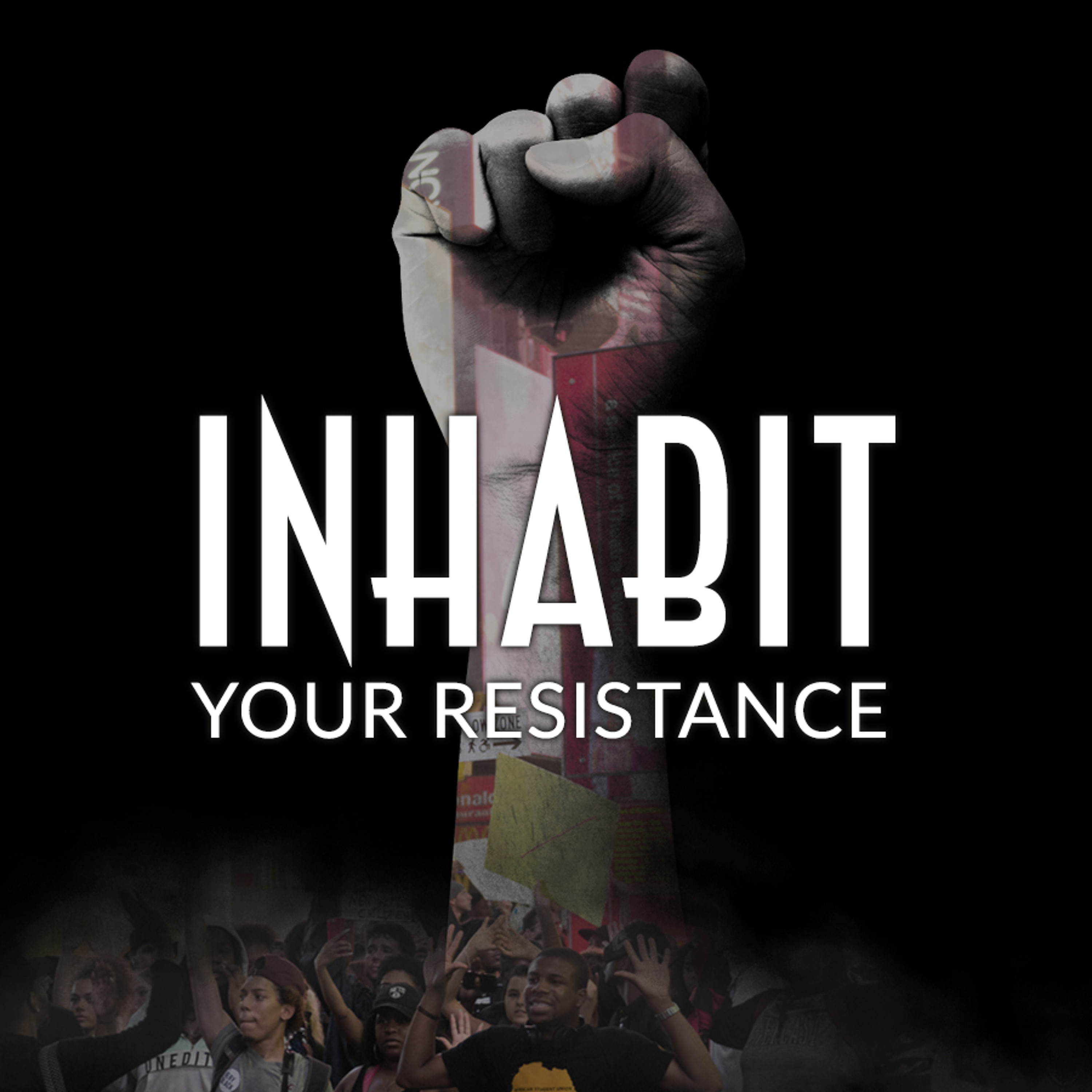
Inhabit: Your Resistance
Everyone Is Right
Shownotes Transcript
Spiritual conversations often emphasize the importance of overcoming our resistance and accepting the world for what it is, exactly as it is. However, there are times when we don’t need to overcome our resistance, we need to fully inhabit our resistance. We can’t simply accept what is, we need to put ourselves on the line for what can and should be.
How can we bring more mindfulness, skillfulness, and embodiment to our resistance, even while seeing everything as always-already perfect? And what is the role of violence in protest culture? Is some degree of violence necessary in order to create real social change? When is violence appropriate, when can it help your cause, and when can it only work against your cause?
These are not easy questions to answer. Which is why Ryan and I wanted to talk with our good friend Justin Miles about all this. Justin stands in an extraordinary confluence of spiritual, political, and cultural lineages — he is an avid Integralist, a practicing Shambhala Buddhist, an active member of the Black Panther Party, a local community leader, the founder of a Black Power Meditation group in Baltimore, and a prolific hip hop artist. All of these divergent and sometimes conflicting influences have given Justin a unique full-spectrum perspective on the #BLM protests we see erupting all across the country. Watch as Justin shares his own views on this new wave of social resistance and gives voice to the incredible pain, trauma, and frustration that black Americans have been living with for generations.
One important note — although we talk openly in this episode about the possible role(s) of violence in protest culture, in no way are we actually condoning violence. Attempting to understand violence — even asking whether some degree of violence might be necessary in order to overcome our social inertia and get the gears of social transformation moving — is very different from actually justifying violence. And of course there is a fairly wide spectrum of violence, from physical assault to property damage to resisting arrest to self-harm, not to mention the accumulated interior violence of discrimination, disenfranchisement, and dehumanization. All resistance is inherently violent, on some level — but how much violence is necessary in today’s resistance movements? This may very well be one of the best measures of just how functional and healthy a society is — how much violence is required in order to enact social change? — in which case, our hope is “as little as possible”.